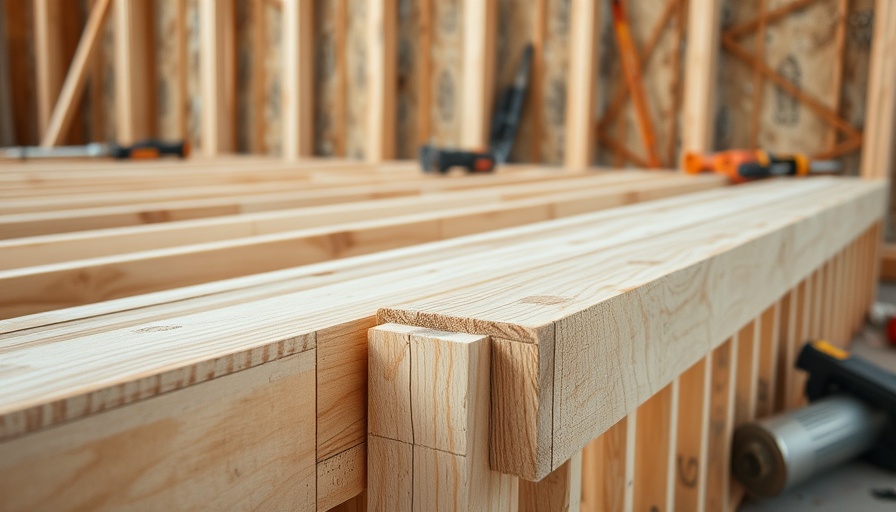
Understanding Plastic Cap Fasteners: A Game Changer in Construction
Plastic cap fasteners are an innovative solution within the construction industry that combine convenience and sustainability. These fasteners not only serve as effective tools for attaching various building materials but also play a considerable role in enhancing the durability of structures. Unlike traditional metal fasteners, plastic caps provide a corrosion-resistant solution—beneficial for maintaining the integrity of walls.
Why Choose Plastic Fasteners Over Traditional Methods?
Choosing plastic fasteners comes with several advantages, notably their compatibility with weather-resistant barriers (WRBs). WRBs are critical for protecting buildings from moisture while allowing vapor to escape. When using plastic fasteners, builders can avoid the issues of rusting and corrosion linked with metal counterparts, which can sometimes compromise the effectiveness of WRBs.
The Future of Sustainable Fastening Solutions
As the construction industry moves towards greater sustainability, the use of plastic cap fasteners signifies a shift in methodology. Not only do they reduce reliance on metal, but they are also often made from recycled materials, fostering a circular economy in building practices. As awareness grows about the environmental impact of construction materials, the demand for eco-friendly alternatives like plastic fasteners is expected to rise.
Innovative Designs that Align with Green Building Practices
Integrating plastic cap fasteners into construction aligns with current green building practices advocating for reduced waste and improved energy efficiency. Builders and architects are increasingly seeking ways to innovate while adhering to sustainable practices, thus ensuring a balance between productivity and ecological responsibility.
Practical Insights for Builders and Architects
For those in construction, understanding the benefits of plastic cap fasteners can fundamentally enhance project outcomes. When selecting fasteners for installations that involve WRBs, consider factors such as weather conditions, longevity, and compatibility with the desired materials. Engaging suppliers who prioritize sustainable practices can further solidify the efficacy and green credentials of your projects.
Implications for Future Construction Standards
As sustainability becomes an overarching theme in the construction sector, the usage of innovative materials such as plastic cap fasteners could lead to shifts in building codes and best practices. Stakeholders are encouraged to actively participate in discussions surrounding these changes, shaping the future landscape of construction.
In conclusion, the adoption of plastic cap fasteners represents a significant development in construction, reinforcing the movement toward sustainability. Builders, engineers, and architects should remain informed about these advancements to enhance their practices and meet emerging industry standards.
 Add Row
Add Row  Add
Add 



Write A Comment